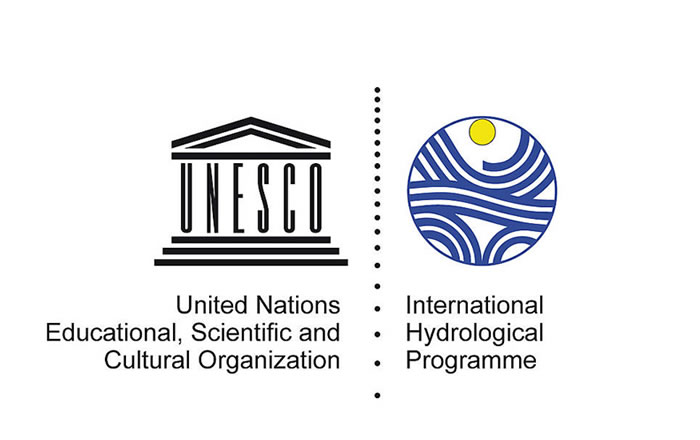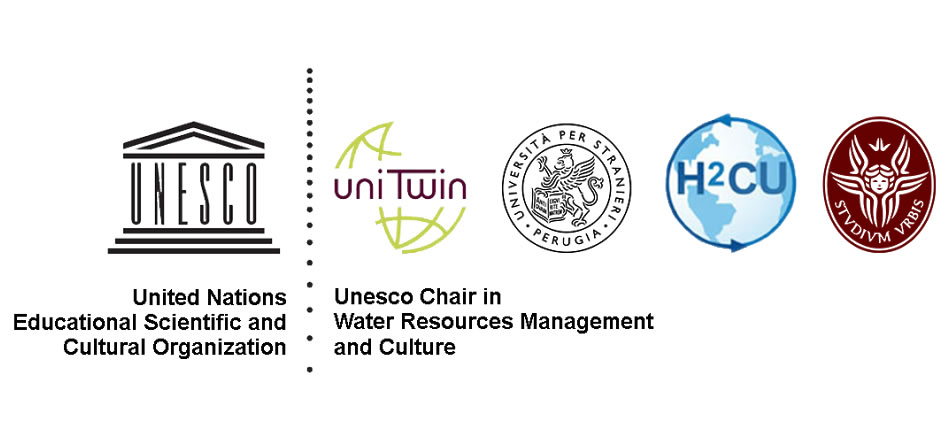
New Humanism for the XXI Century
live streaming
Organized by


Conference theme and objectives
The UNESCO Chair on Water Resources Management and Culture, established in 2013 at the University for Foreigners in Perugia, Italy, organizes the 1st UNESCO WATER CHAIR MEETING in Perugia, Italy, from 24th to 26th October 2016.
The objectives of the meeting are:
- to discuss and identify contributions of the Chairs to the UN 2030 Agenda for Sustainable Development through independent but also joint projects
- to identify how the Chairs can increase their contribution to the implementation of the International Hydrological Programme for the current biennium (2016-2017) and the entire IHP-VIII phase (2014-2021)
- to define mechanisms to increase the cooperation between regional/similarly-themed Chairs, e.g. initiating the establishment of an information sharing system among all Water Chairs.
A further aim of the meeting is also to discuss and express opinions on the concept of the “New Humanism for the XXI Century” in Education, Culture and Science; in other words, an interdisciplinary approach addressing many of the current issues, including the achievement of water security and peace.
Meeting Program
Monday October 24th
9:30 - 11:00 - Arrival and Registration
11:00 - 13:00 - Institutional Welcome Remarks and Keynote speech
13:00 - 14:30 - Lunch Break
14:30 - 15:30 - Working Meeting - Increase cooperation among similarly-themed and/or regional Water Chairs and Water Centres and Information sharing platform
15:30 - 16:00 - Coffee Break
16:00 - 17:30 - Scientific session S1 Water Science and Sustainable Development
20:00 - Welcome Dinner
Tuesday October 25th
9:30 - 11:00 - Scientific session S2 Water Resources Management
11:00 - 11:30 - Coffee Break
11:30 - 13:00 - Scientific session S3 Water and Society
13:00 - 14:30 - Lunch Break
15:00 - 17:00 - High-level Symposium Water and Jobs (Sala dei Notari, Piazza IV Novembre)
17:30 - Cocktail (Palazzo Donini, Piazza Italia)
Wednesday October 26th
9:30 - 11:00 - Round Table The new Humanism for the XXI Century
11:00 - 11:30 - Coffee Break
11:30 - 12:30 - Final Meeting. Recommendations on the scientific sessions and working group
12:30 - 13:00 - Closing ceremony
